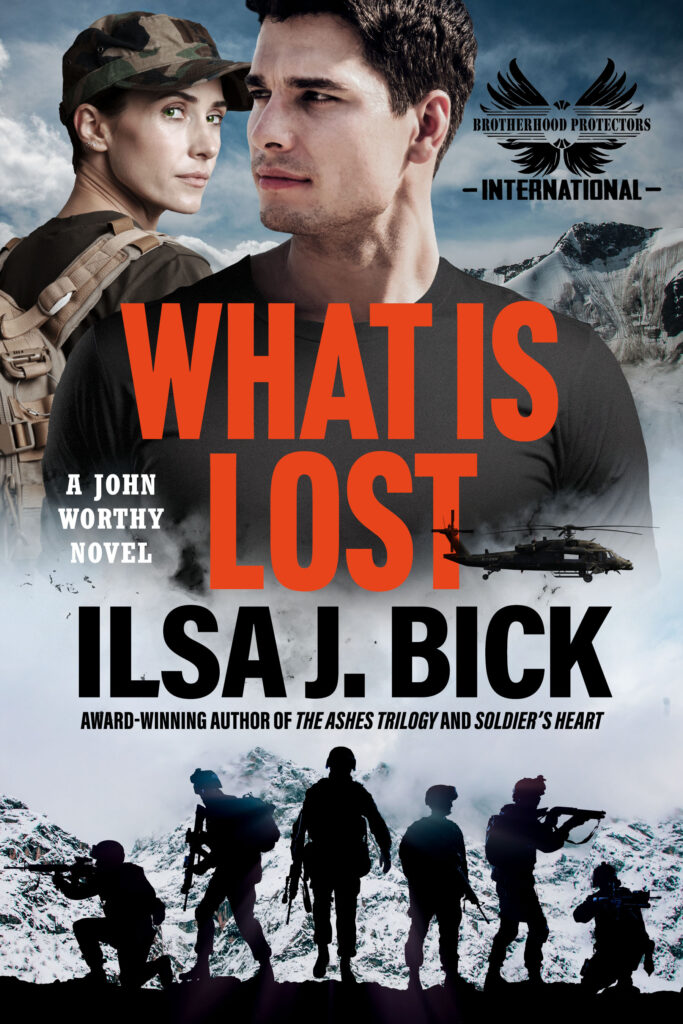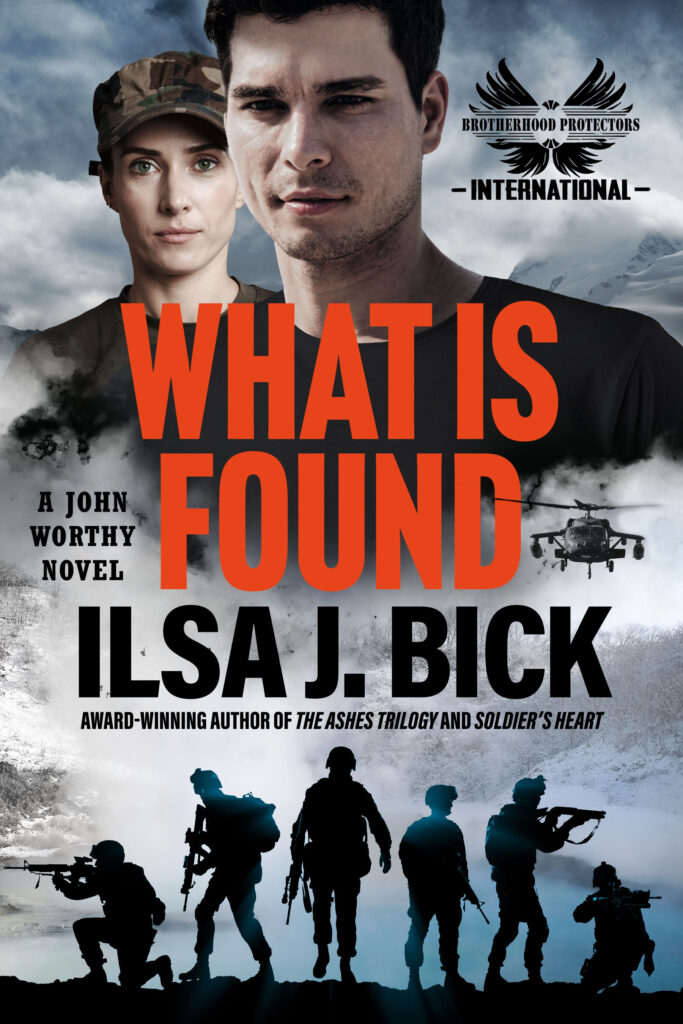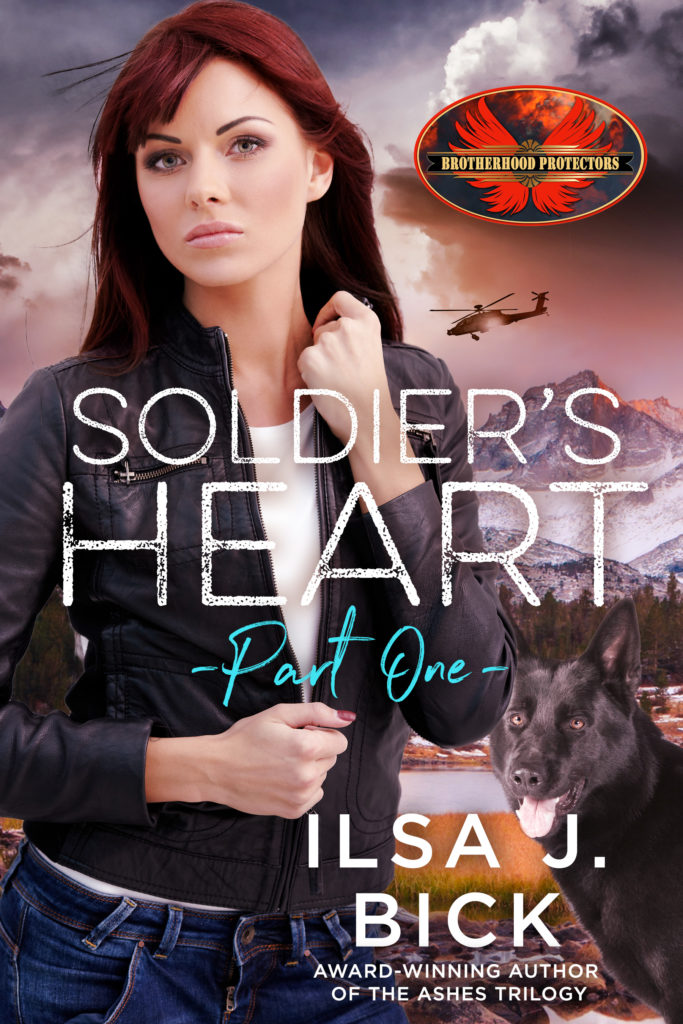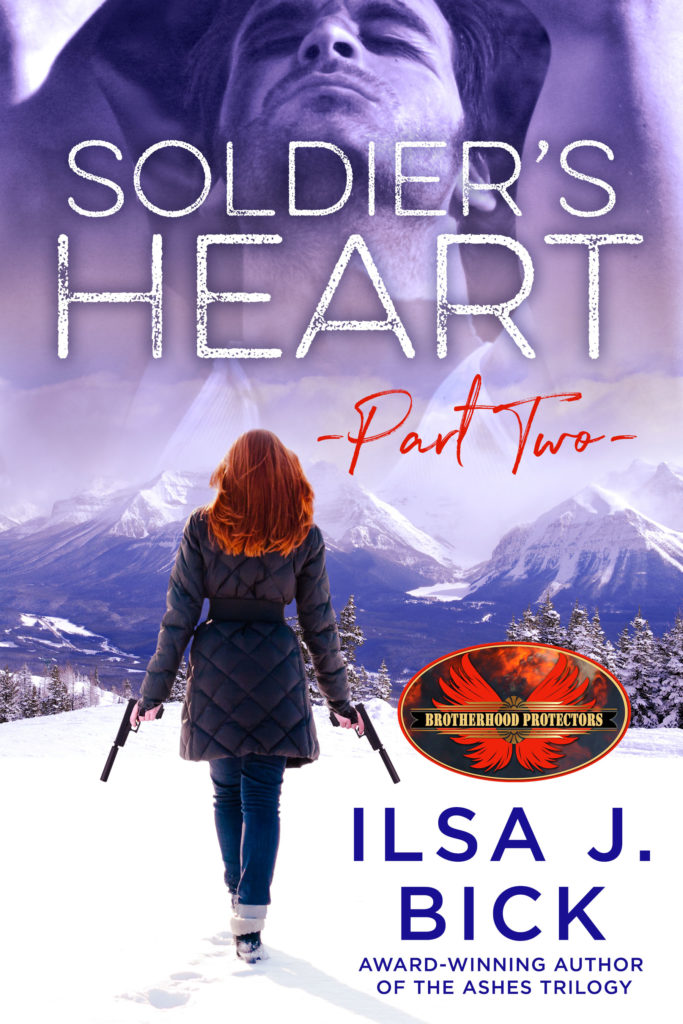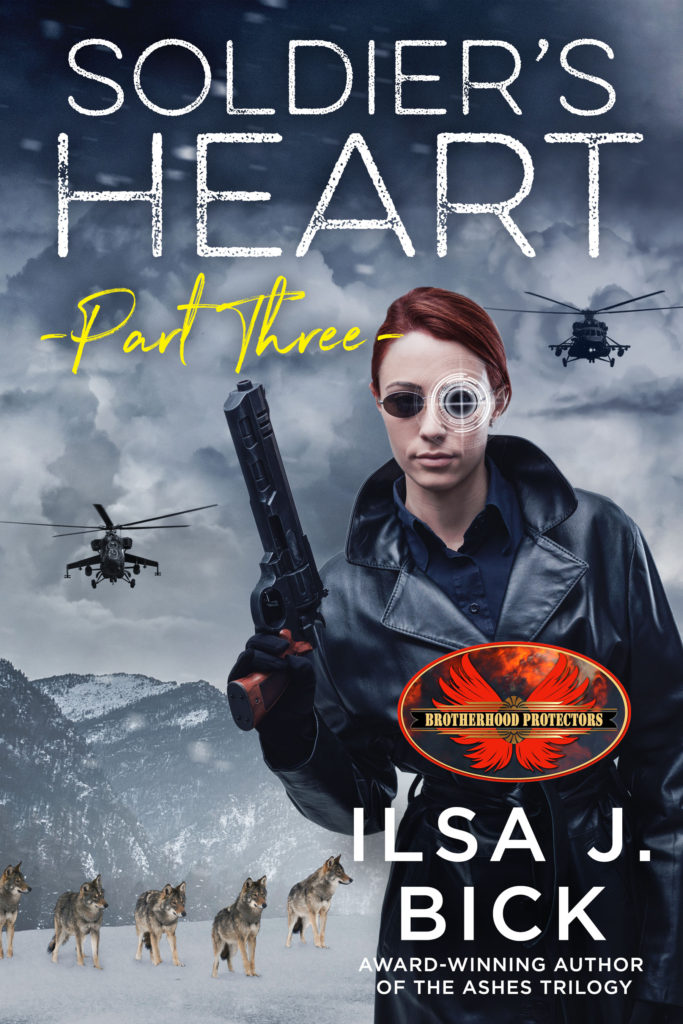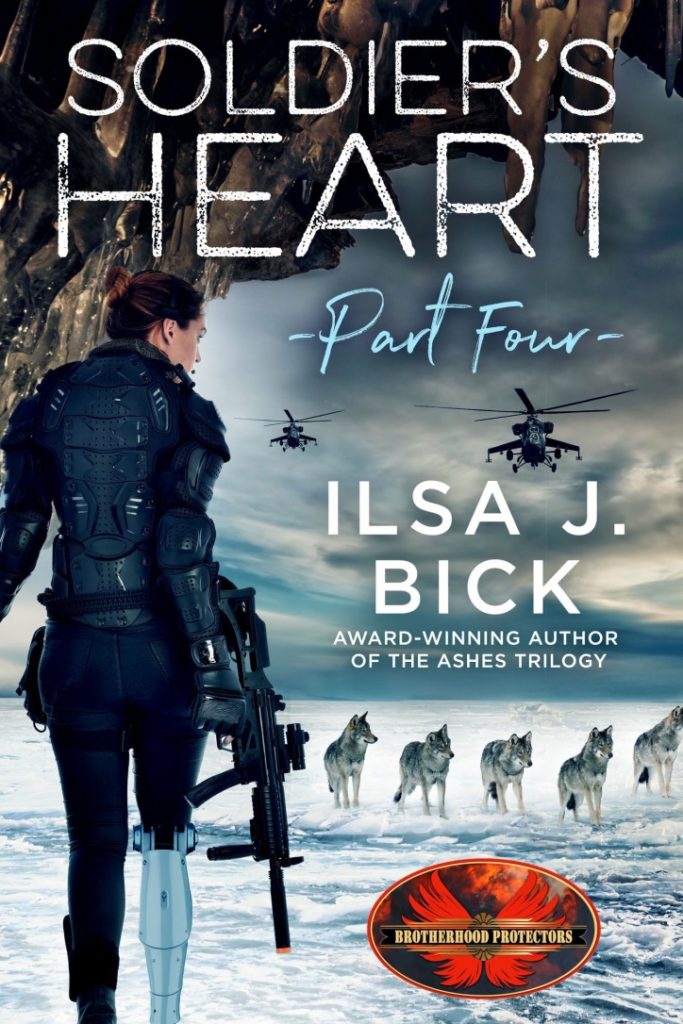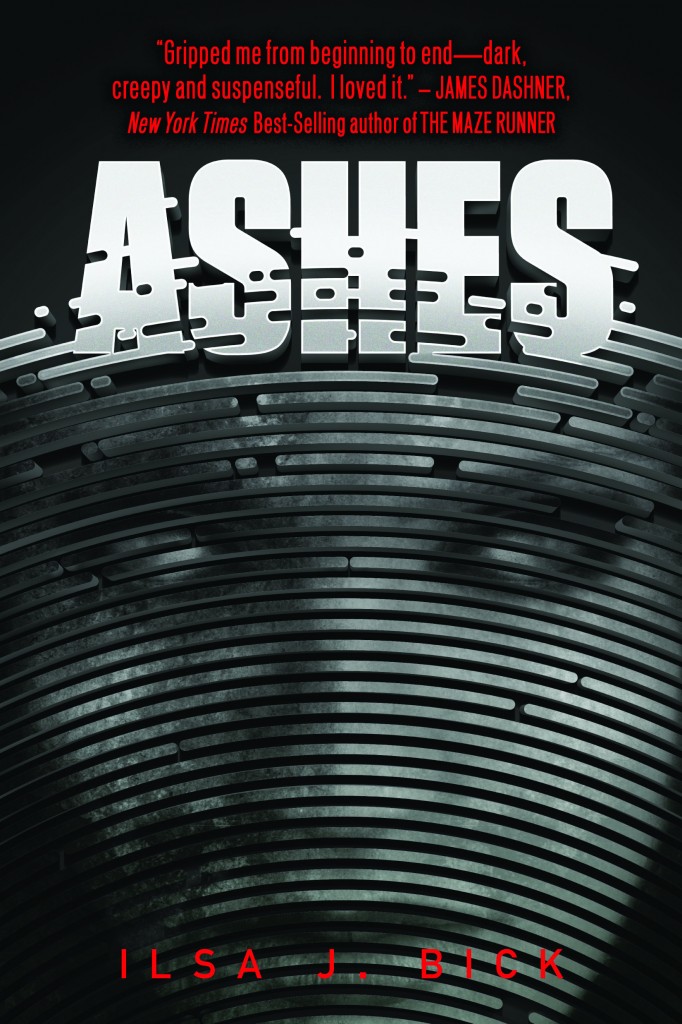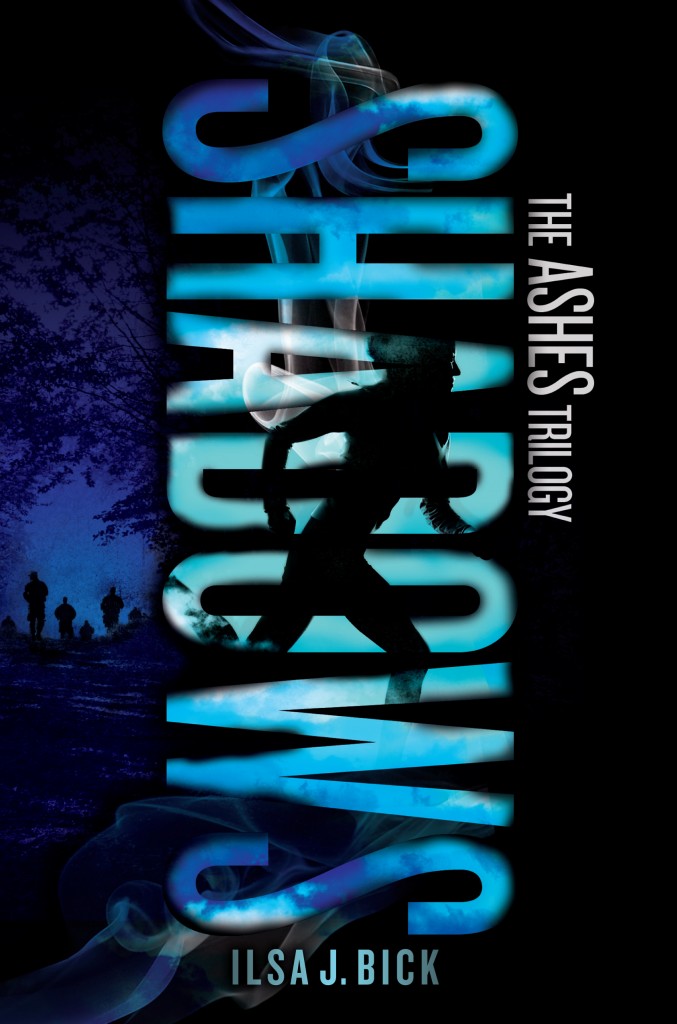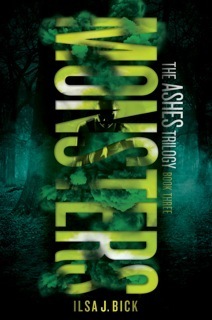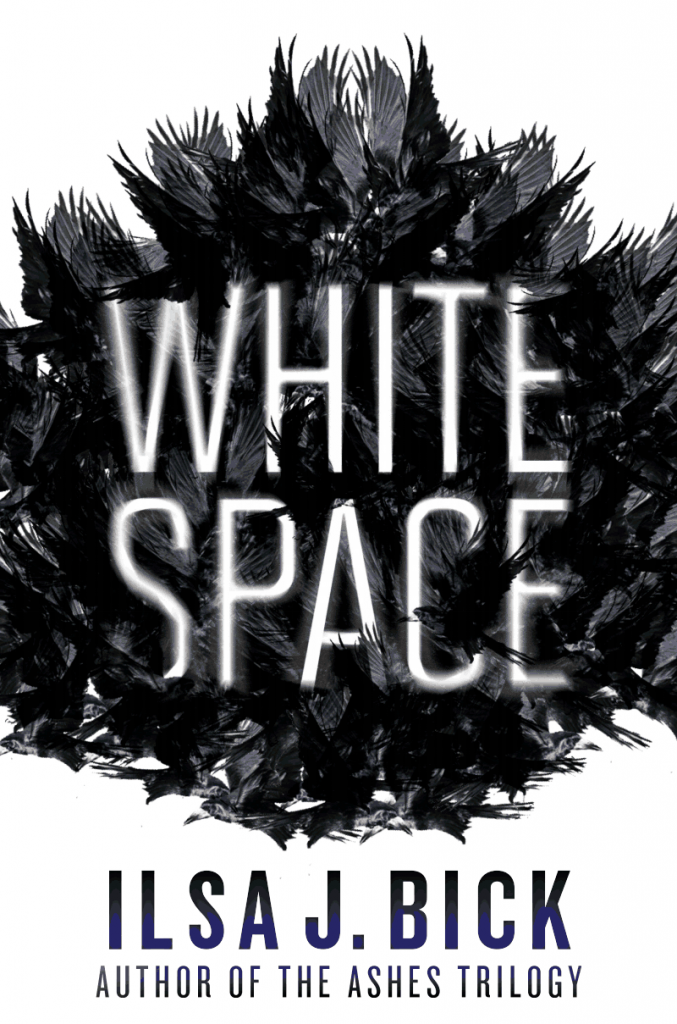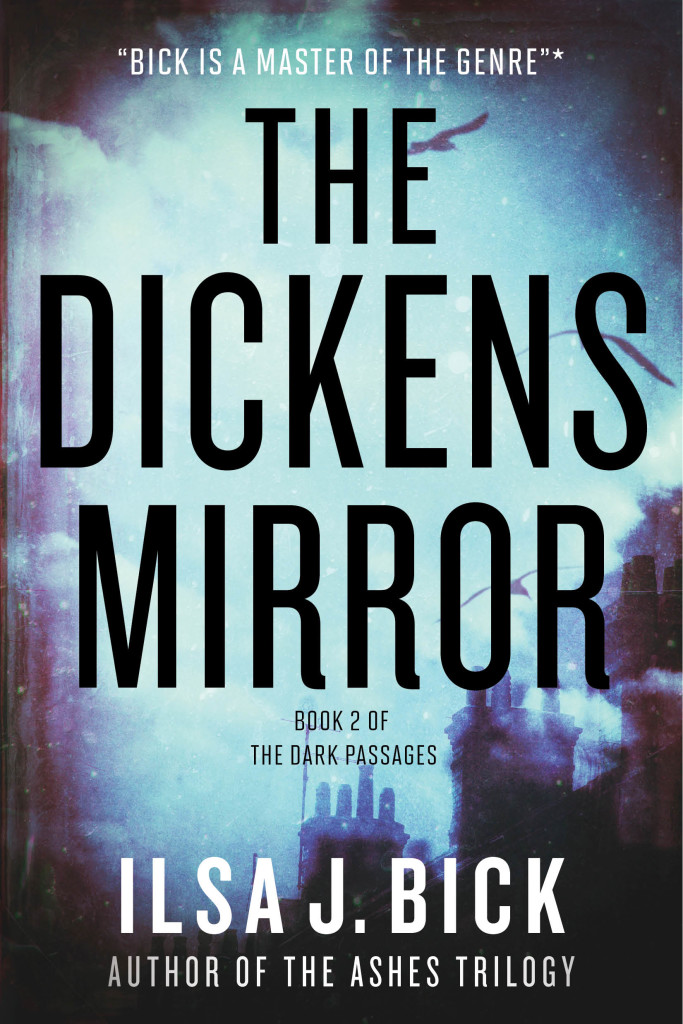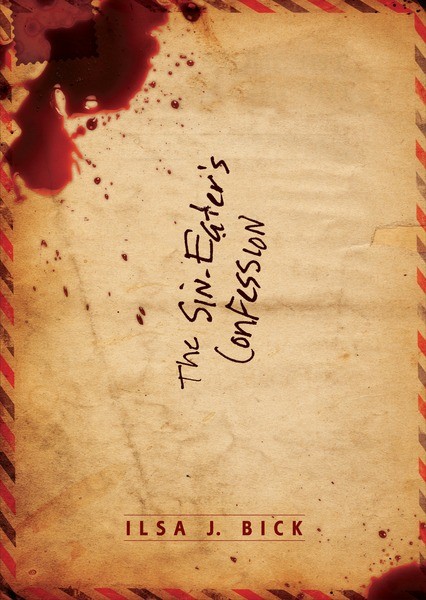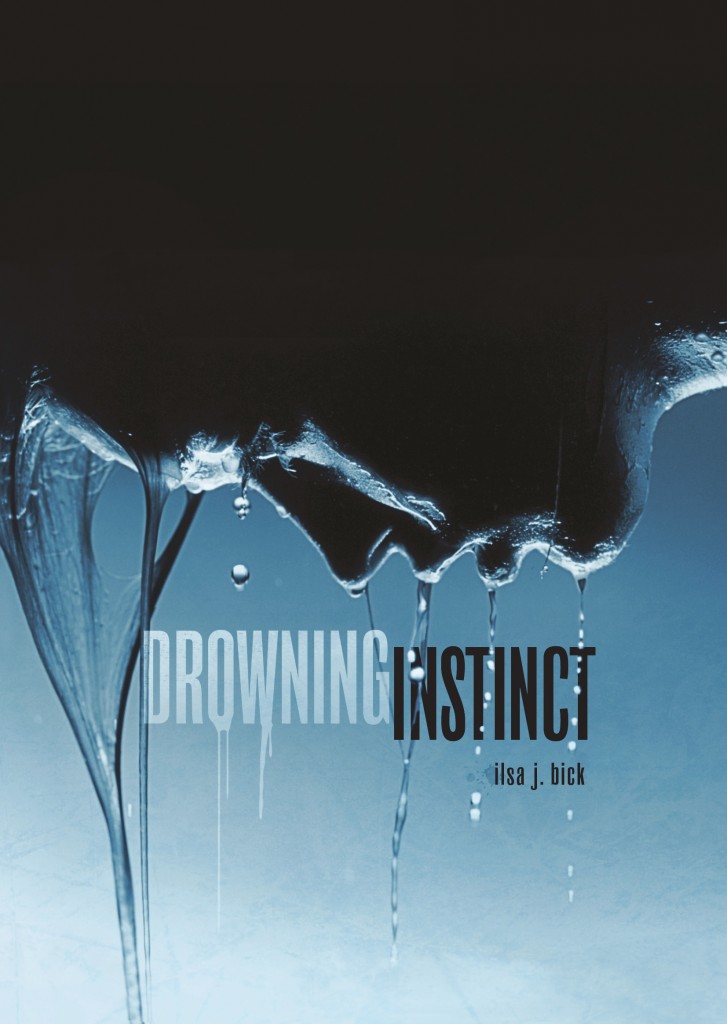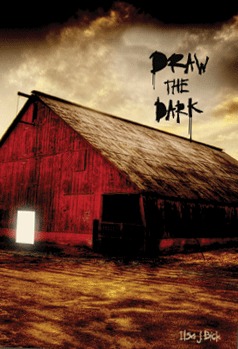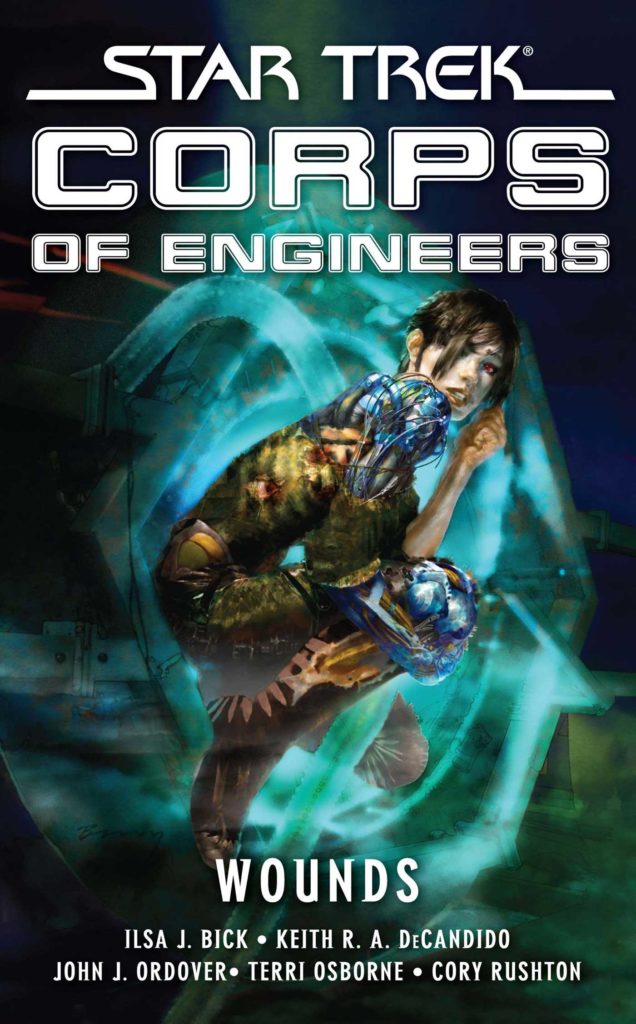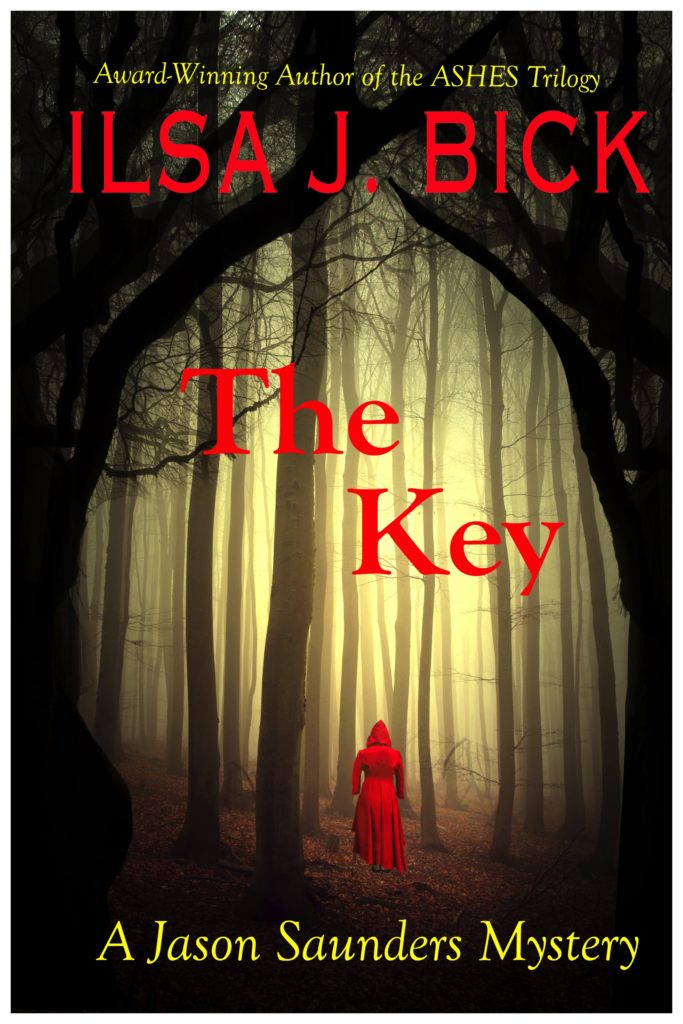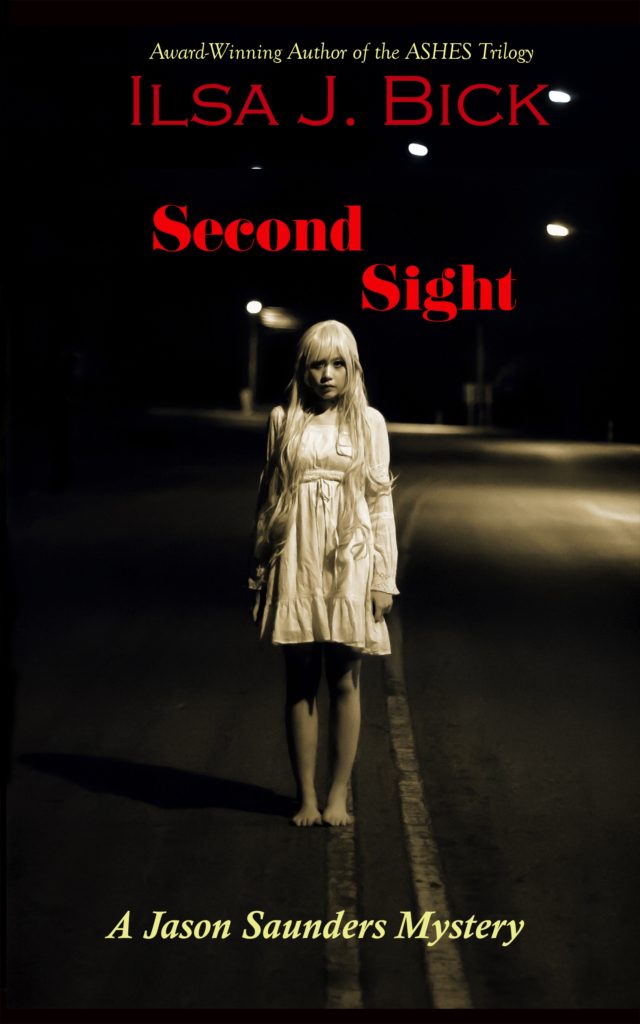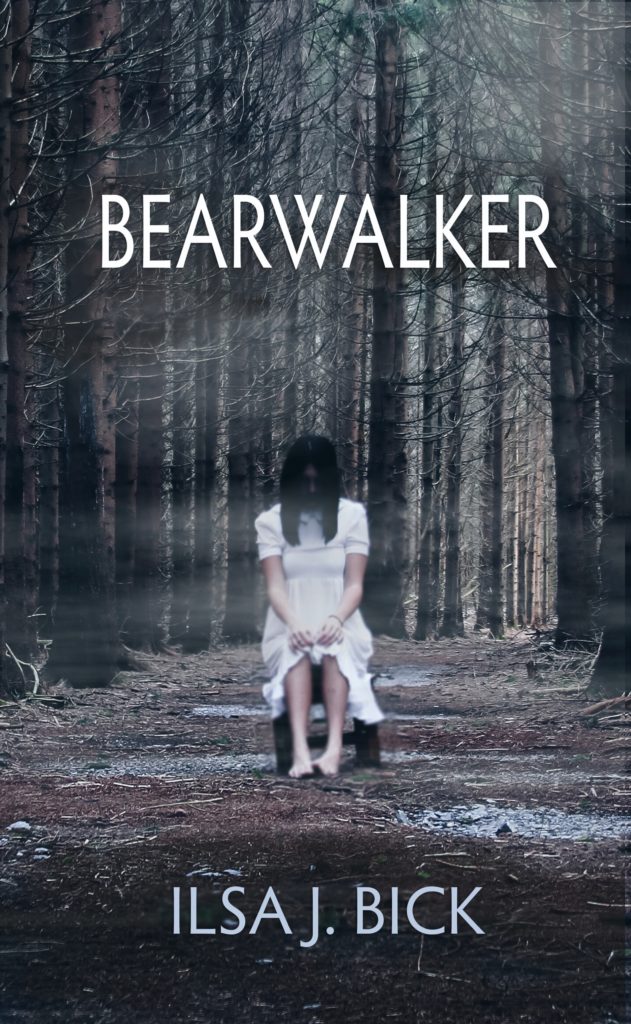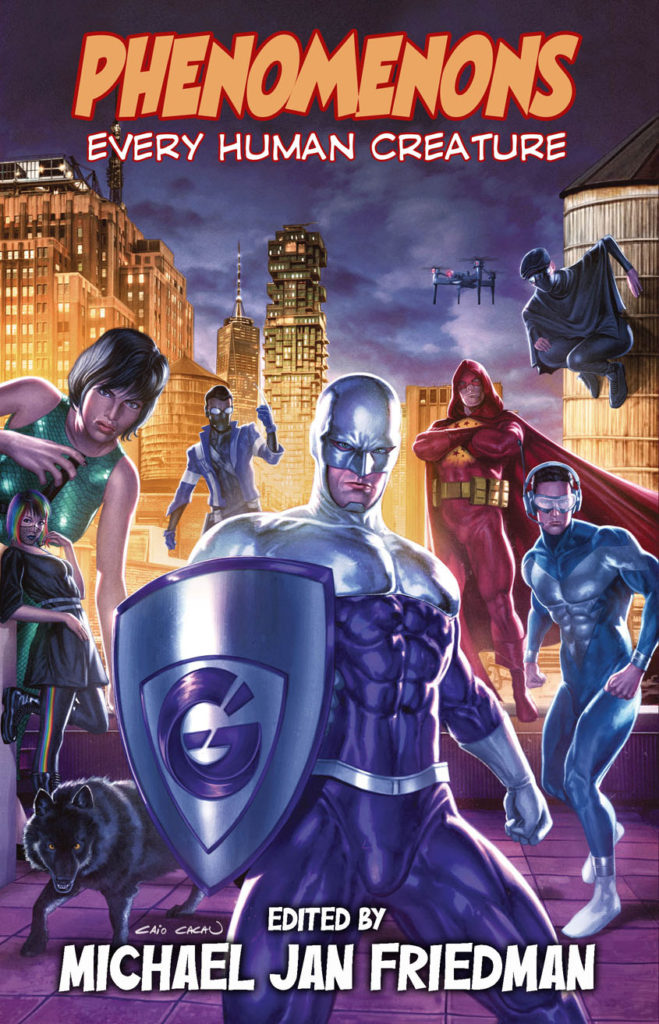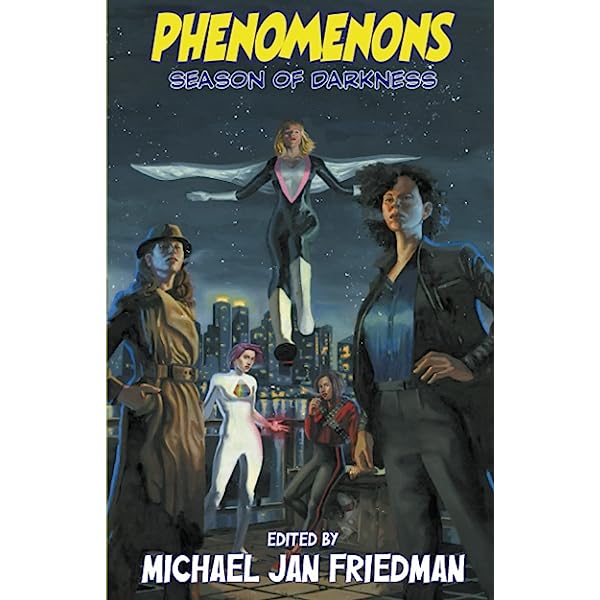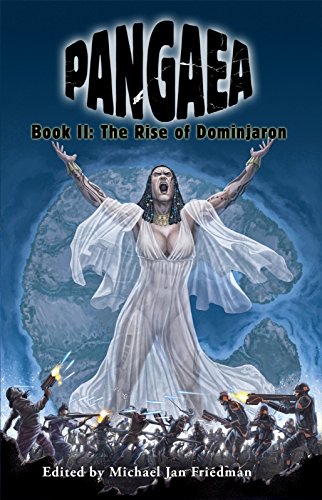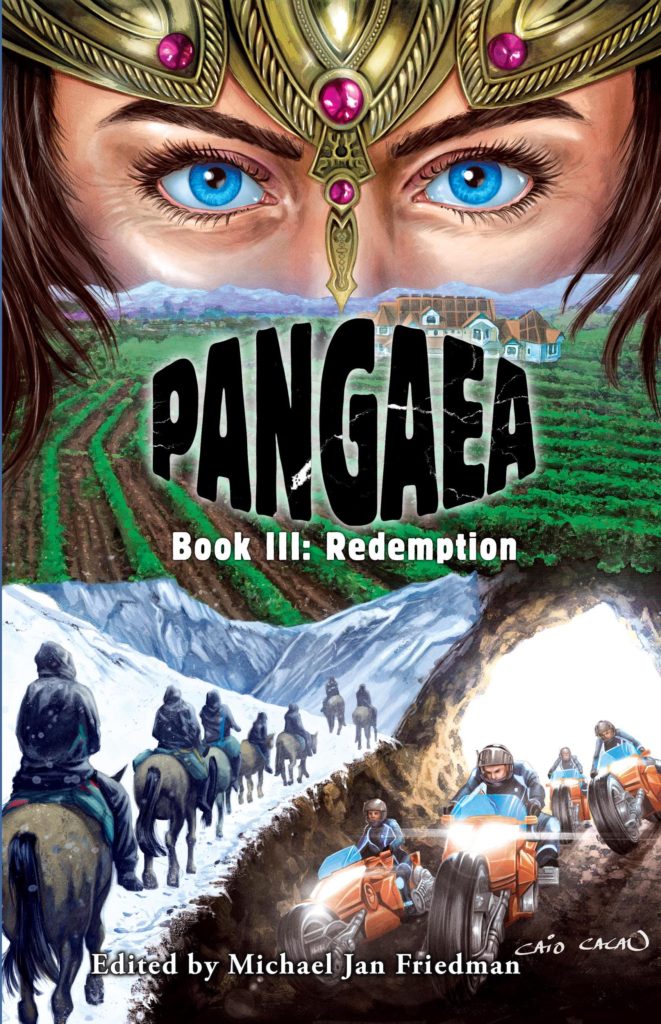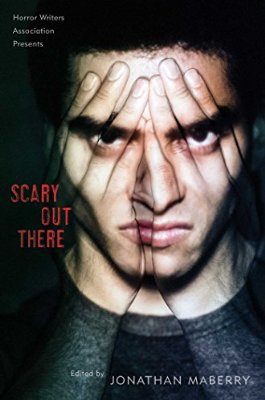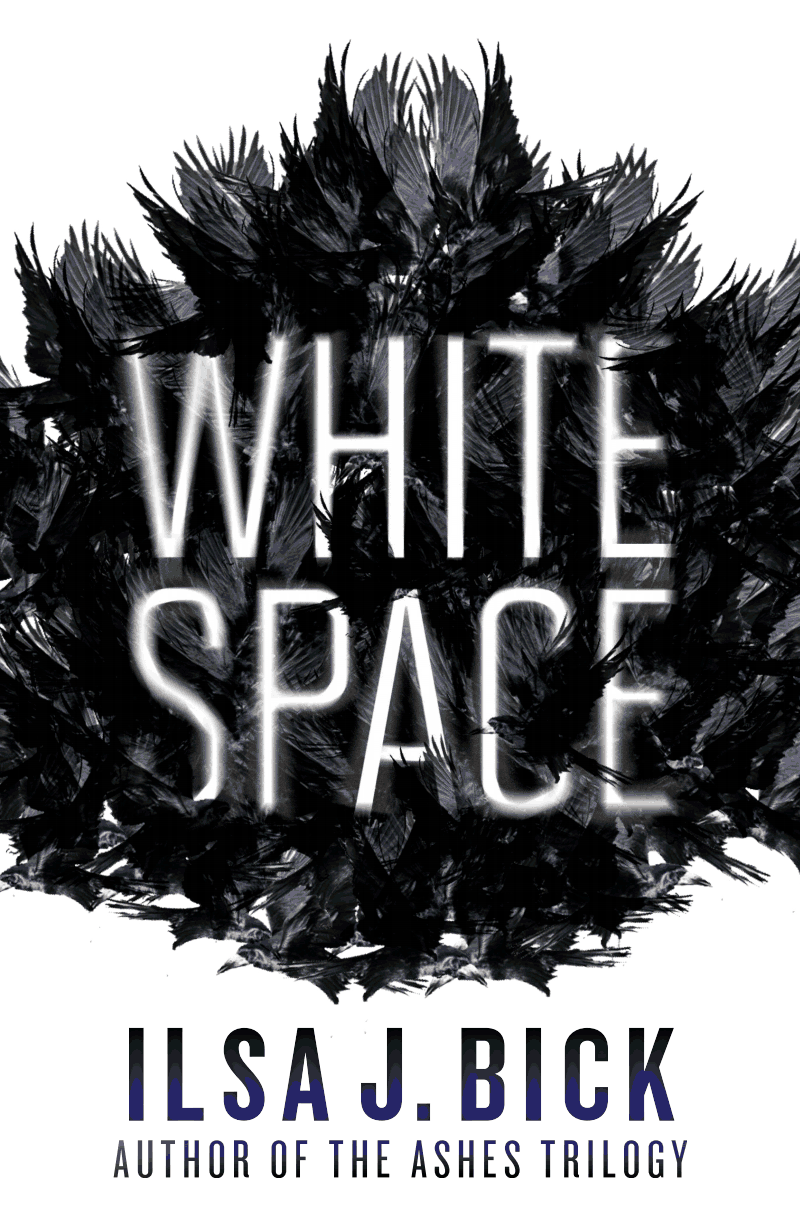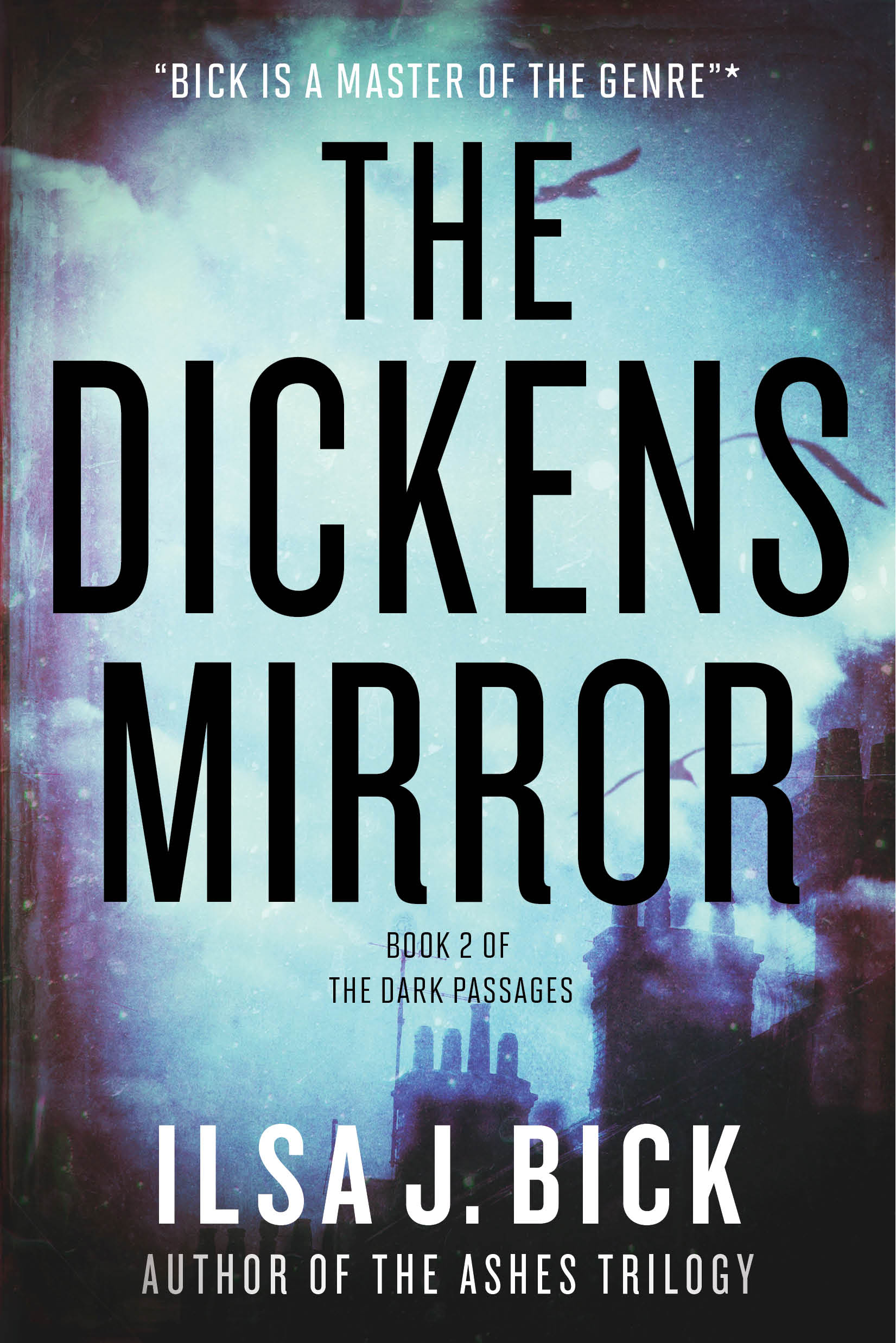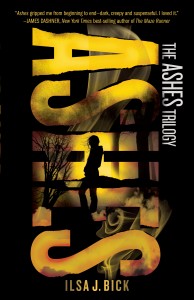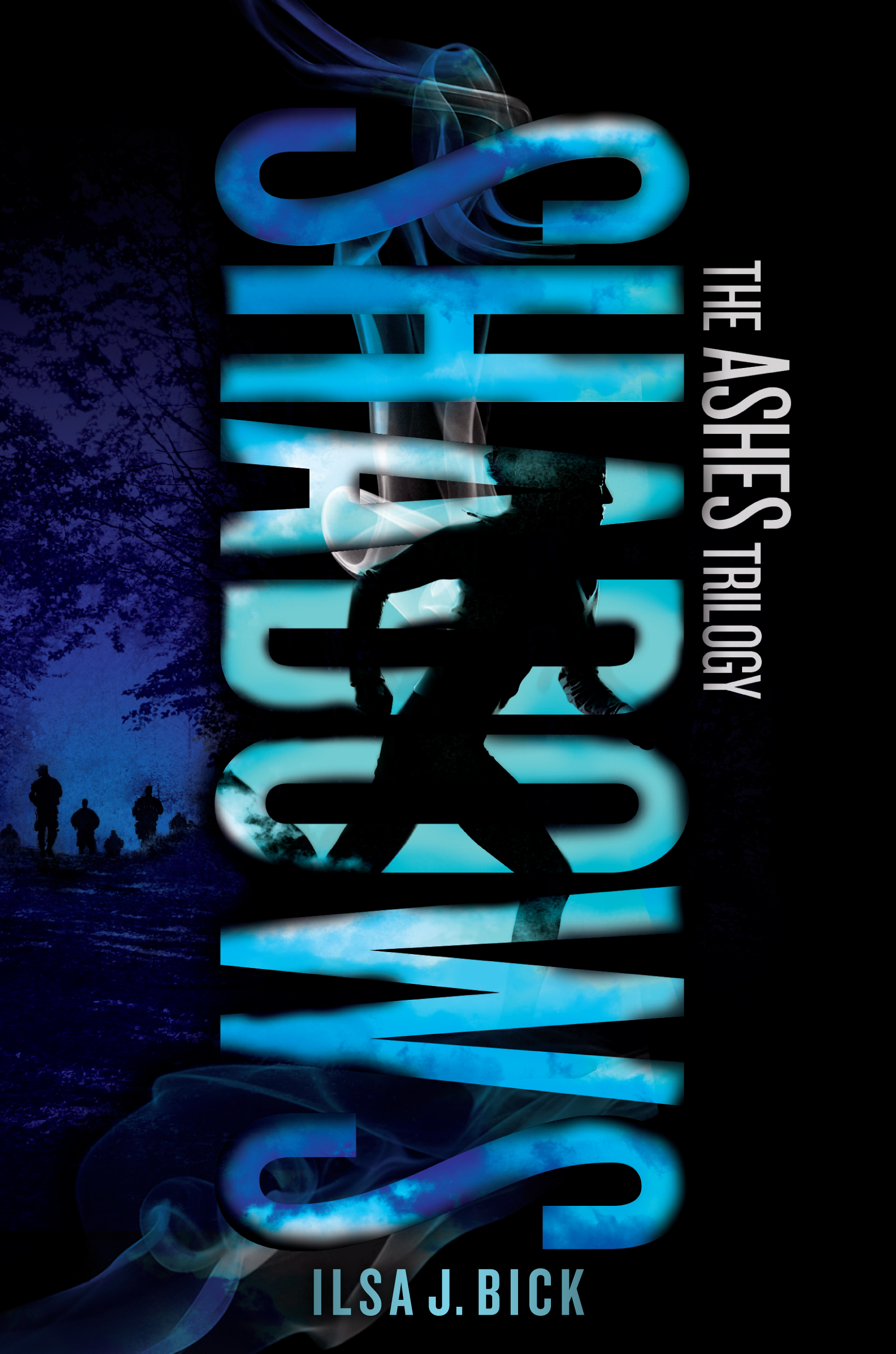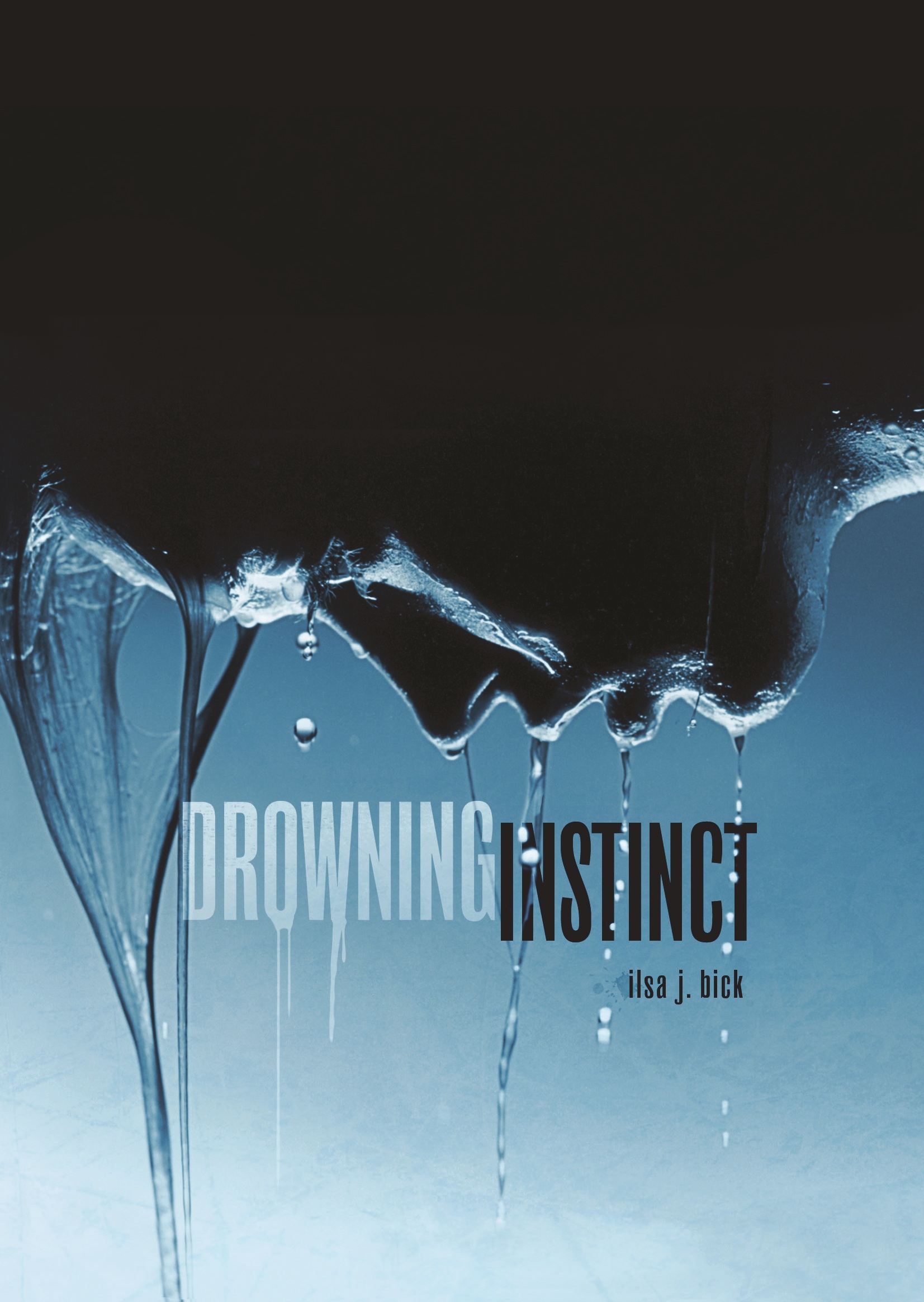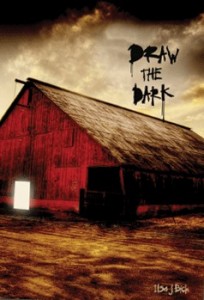Actually, more about ereaders: A very nice point-by-point rebuttal of why the B&N announcement ain’t much on Booksquare.
Like I said, I’ve written ebooks, and I’m certainly not slamming them. I think I’m more disgusted by the marketplace. For the record, I have a Sony eReader and received it years ago in its first iteration, the “old” PRS-500. I was thrilled. But, to put it bluntly, the Sony ebookstore isn’t such great shakes; the prices are pretty high (and, many times, higher than a mass-market paperback); customer service is lousy; the interface works only fitfully if you’ve got Norton (a known issue that the Sony tech people have known about for YEARS and still haven’t fixed). Do I mind that I have to connect to my computer to download books? Heck, no. I connect for a bunch of stuff: my Palm, my iPod, my Alphasmart. Ain’t no biggie. Do I care that things aren’t available at the touch of a button–i.e., “whispernet?” Uh . . . no. Cuts down on impulse buys, you ask me. (Which, btw, is what Amazon is counting on when they make such instant gratification available.) Being at the computer means I also have to pause and think, Is this book available in my library? For free? Well, for having paid taxes . . .
Amazon hates people like me, same way Audible does.
So here’s the deal. I like my eReader, I really do. A few weeks ago, I broke down and traded in my old 500 for an upgraded 505 (in Sangria Red and with an engraving . . . okay, I’m a sucker for a nice color). Is it substantially better? Yes: faster page turns, better battery life, more storage. Do I read TONS on it? Nope. I have established a habit, for better or worse, of reading certain authors on my reader. Don’t ask me why because I don’t know. Just . . . habit. I started OUT reading them on my Sony and now I’m comfortable reading them on my Sony (not ONLY, but for the most part). But will I preferentially read on my Sony? No. I still prefer the feel of a real book, environmentally unsound as that may be.
I won’t wax lyrical about the virtues of a book. If you’re a bibliophile like me, you already know and if you’re not, then I can’t convince you. But I care enough about books that I’ve learned how to bind my own (very tedious work but the result is well worth it) and I want to learn more about binding in different materials and, maybe, restoration. There’s just something about a book. For the record, my daughters LOVE books. Hate the eReaders. Won’t even consider them.
Which brings up a very interesting point. My kids grew up on a steady diet of books. They are bored if they don’t have a new one to read. They’ve read some so many times I’ve bought new copies. Books are proven technologies; they wear and travel well; they are satisfying, low-cost experiences (frequently less than a movie and last longer and you just have to bring your own popcorn). They are beautiful works of art.
A reader is a brick. A very nice brick, but it’s a brick. It has no character. There is no way I will look fondly at my brick or even remember a book I read on it FIRST by its cover because it doesn’t really have one. Yet the fact that I WILL read certain authors on my reader because I read them on a reader first is really, really interesting. This suggests that reading behavior can be trained (duh) and that just as I read certain authors in hardcover right away, I will wait, patiently, for the library copy to become available or the paperback of others because I’ve done it before. Simple familiarity.
I don’t think this does the writers of those books I read first on a reader a great service. If anything, it means that I don’t go to the library to seek out their older stuff, or necessarily spend a lot of time on the computer looking for newer work. Like many friends, I sometimes buy an ebook for the express purpose of deciding if I like it well enough to buy the hardcover/paperback. And, of course, I can’t lend my books out to anyone, which completely sucks because all writers know that word of mouth and passing around a physical object is quite, quite persuasive.
Shrinks say that you remember 30% of what you hear, 30% of what you see, and about 66% of what you see and hear. (This is why it’s better to give a lecture with Powerpoint or slides; trust me on this.) I’d like to add another category. I suspect that you remember more of what you read if you both see and TOUCH the actual medium. Not the bloody reader. The real, honest-to-G-d book. I know this is true, because I can tell you where my books are in my library not because they’re all alphabetical but because I remember the look, feel and shape. The color. I can tell you what shelf and which book is shelved next to it. I can’t do that with my reader even though I pretty much know which books are on my reader (I think). But I can’t tell you WHERE they are–in what order.
Something to think about.
Anyway . . . this started out being about B&N, sort of. For the record, I agree with the Booksquare post: a lot of sound and fury signifying nothing. Right now, the ereader market is getting confusing and crowded, and I don’t want them to make me have to work so hard to get a bloody book. In a bookstore, I know the format right away. Buying an ebook, I feel sometimes like I got to be a computer genius and I’m much more likely to pass that up and spend my time curled up with, you guessed it, a good book.
Currently reading: Tales of the Madmen Underground by John Barnes
Currently listening to: Feed by M.T. Anderson
